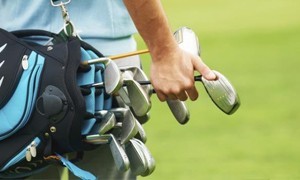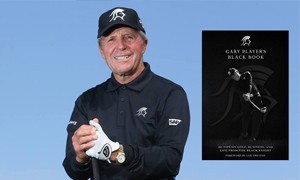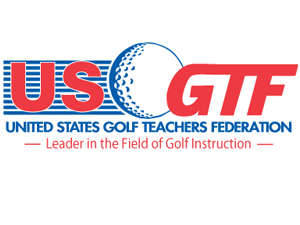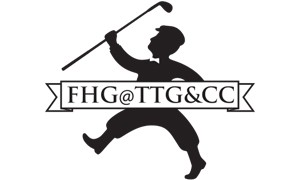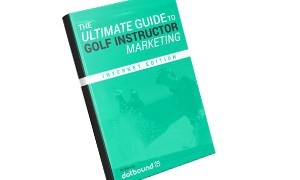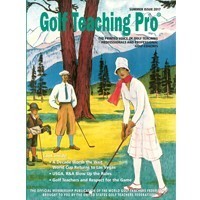No Trackman? No Problem!
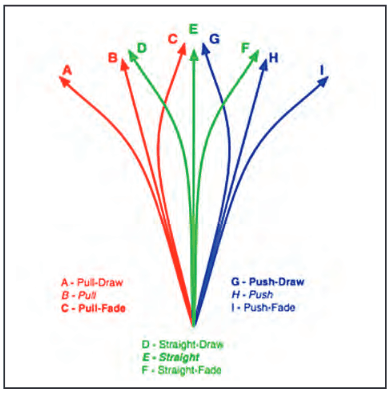 One of the perks of living in the 21st century is that improved technology has made many aspects of our lives more convenient. From using your smart phone to lock your car doors to computers that give us the entire body of accumulated knowledge at our fingertips, technology has made things easier in ways unheard of just 20 years ago.
One of the perks of living in the 21st century is that improved technology has made many aspects of our lives more convenient. From using your smart phone to lock your car doors to computers that give us the entire body of accumulated knowledge at our fingertips, technology has made things easier in ways unheard of just 20 years ago.
Golf instruction has benefitted from the technology explosion, too, as teachers invest in the latest video, launch monitors and training aids, all in an effort to provide their students with the best possible learning environment. These devices also give the teacher information that may not have been possible to glean without their use. Yet, if we go to any typical driving range and golf course and observe teaching professionals in action there, we see that the vast majority are still working the old-fashioned way, watching their students perform and then dispensing advice and drills to administer improvement. How can these teachers still be effective in our modern computer-driven world?
No matter how much technology may advance, the teacher’s knowledge and acumen are responsible for the vast majority of the effectiveness of the learning process. USGTF professional Bob Toski has spent a lifetime teaching without any fancy technology aids, and it’s a likely bet that if given the choice to go see Toski or an unknown teacher down the road with all the latest computer gadgets, we would venture to guess that the typical golf student would go see Toski. The teacher’s knowledge is that important.
Ball flight laws and their correct application have been known to scientists for years, but it was only a relative short time ago that the old model of swing path dictating initial starting direction was discarded. We know now that the clubface angle is responsible for approximately 85 percent of the ball’s starting direction, and that the differential between the clubhead path and clubface angle provides the curvature. If you don’t have a TrackMan or FlightScope, how are we to accurately diagnose a student’s ball flight? Here is a primer on all nine ball flights. For simplicity purposes, we will assume that centered clubface contact occurs and that the student is a right-hander.
A – PULL DRAW
This can be tricky under the new understanding of ball flight laws. Since the clubface angle is left of the target line and the ball curves farther left, the clubhead path through impact could be left, towards, or right of the target line, although in all instances it is still to the right of the clubface angle. The teacher needs to carefully monitor the divot if an iron is used, or closely observe the swing path through impact if a driver is used. Also, since almost everyone has a smart phone with high-definition slow-motion capabilities, video can be taken of impact to see more accurately what the clubhead path is doing.
B – PULL
Clubface angle is square to a clubhead path going left of target.
C – PULL FADE
This may also be a pull-slice. The clubface is actually left of the target line at impact! However, since the clubhead path is even farther left, a fade or slice results.
D – STRAIGHT DRAW
Under the old ball flight laws, we would have said the clubhead path is down the target line while the clubface is closed. We now know that the clubface angle is somewhat square to the target line while the clubhead path is actually to the right. This is a major change in our understanding of the ball flight laws from the old to the new.
E – STRAIGHT
The holy grail of pure ball striking, and one that is difficult to obtain consistently, even for the most skilled professionals. Notable for their accomplished use of this ball flight are Byron Nelson, Moe Norman and Annika Sorenstam.
F – STRAIGHT FADE
Like the straight draw, the clubface angle is somewhat towards the target line at impact, but the clubhead path is to the left. Again, a major change in our understanding of this ball flight from what we used to believe.
G – PUSH DRAW
This is a problem that tends to plague better players, as their initial use of the lower body may be too quick or too lateral, bringing the clubhead too far inside on the downswing and causing an in-to-out motion through impact. The better player may also be plagued from a ball position too far back from ideal.
H – PUSH
Clubface angle is square to a clubhead path going right of target.
I – PUSH FADE
As with the pull draw, the clubhead path can be left, towards, or right of the target line through impact. Close observation or video is again needed for accurate analysis.
We simplified the above scenarios by saying that centered clubface contact is assumed. What if it’s not achieved? Balls hit towards the toe tend to put draw spin on the ball due to the gear effect, and balls hit towards the heel tend to impart fade spin. If your student is not making centered contact, it introduces a whole new dynamic that must be taken into account. Fortunately, most students will make enough centered contact that the model presented here can be used effectively. No Problem! No Problem!


